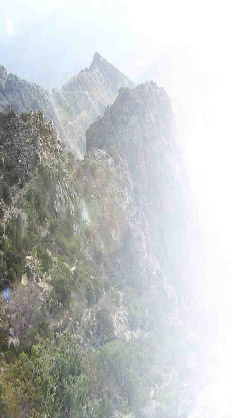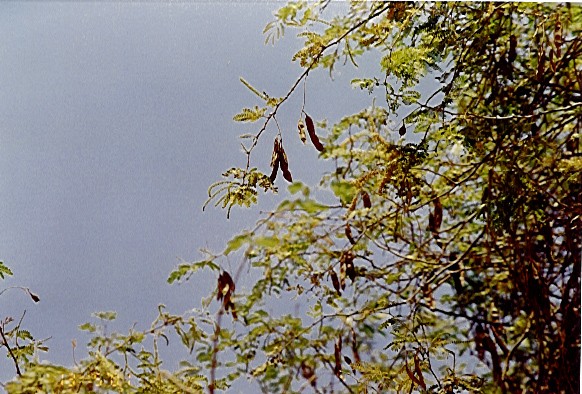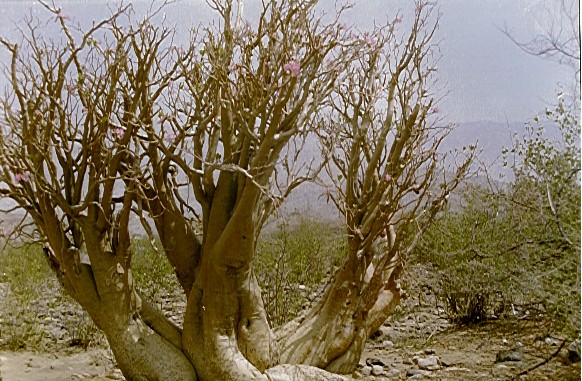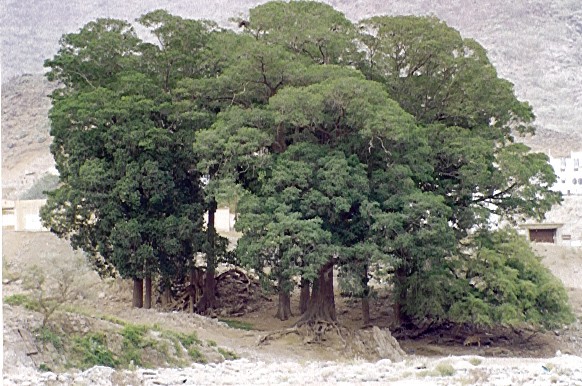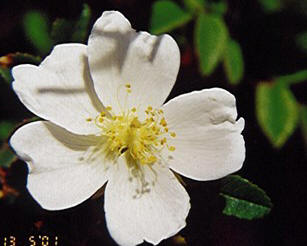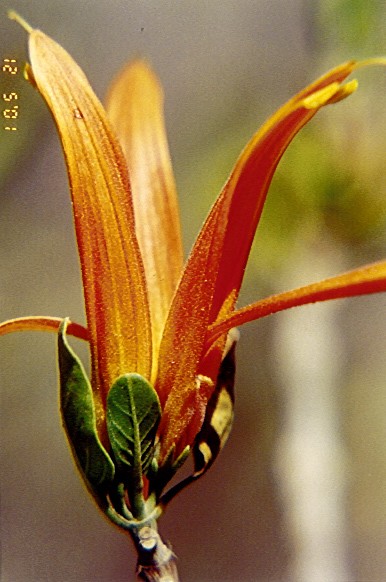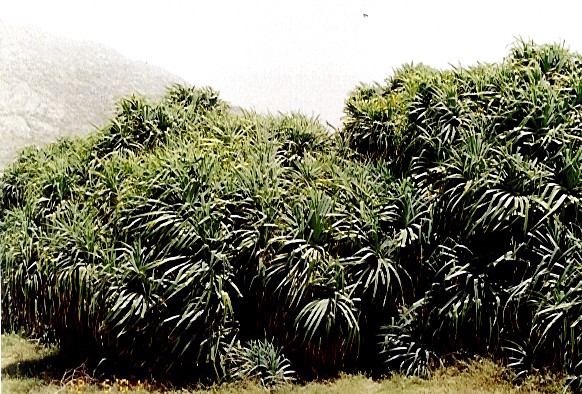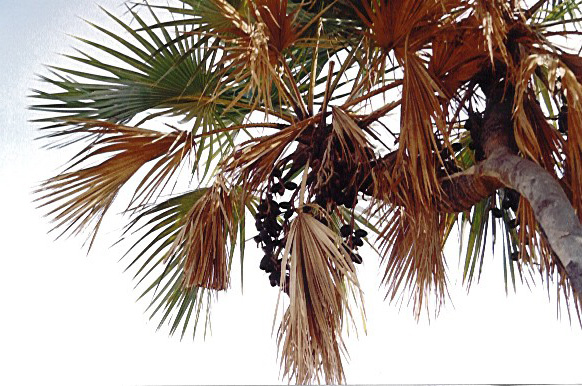|
Major Families of Saudi
flora
|
Poaceae
-286 spp. |
|
Asteraceae -242 spp. |
|
Fabaceae -219 spp. |
|
Amaranthaceae
- 93 spp. |
|
Brassicaceae -
84 spp. |
|
Caryophyllaceae - 73 spp. |
|
Lamiaceae - 73 spp. |
|
Apocynaceae - 68 spp. |
|
Euphorbiaceae
- 66 spp. |
|
Boraginaceae - 64 spp. |
|
Endemism in Saudi Arabia
is relatively insignificant, in comparison with some of the neighbouring countries such as
Yemen and Oman. Though the country hosts nearly 200 regional endemics, only about 2.5% of the total flora is strictly endemic
to Saudi
Arabia. The
aquatic and
parasitic flora of Saudi Arabia also contains significant number of
species. Approximately 50 semi aquatic or aquatic plants and about 32
parasites have been reported, mostly from the southwestern region. Trees and
shrubs are important in preserving the ecosystem of any region,
particularly in areas where the vegetation is rich. The number of tree
species in Saudi Arabia is only 97, which is about 4.32% of the total
floristic elements. Out of these, more than 80% are present in the
southwestern and western regions, including Taif region. Among the tree
genera, Acacia contains the highest number of species (c. 15
species) followed by Commiphora (11 species). Although tree
species are widely distributed in the southwestern regions, only a few
of them are forming into communities. Species such as Juniperus
spp., Olea europaea, Acacia seyal, Acacia tortilis, Maerua
crassifolia, Ziziphus spina-christi, Tarchonanthus camphorates, etc.
are dominant and grow luxuriously in many parts of the Hijaz mountains.
Acacias, in general, are the most dominant tree species in Saudi Arabia
and elsewhere in the Arabian Peninsula. |
